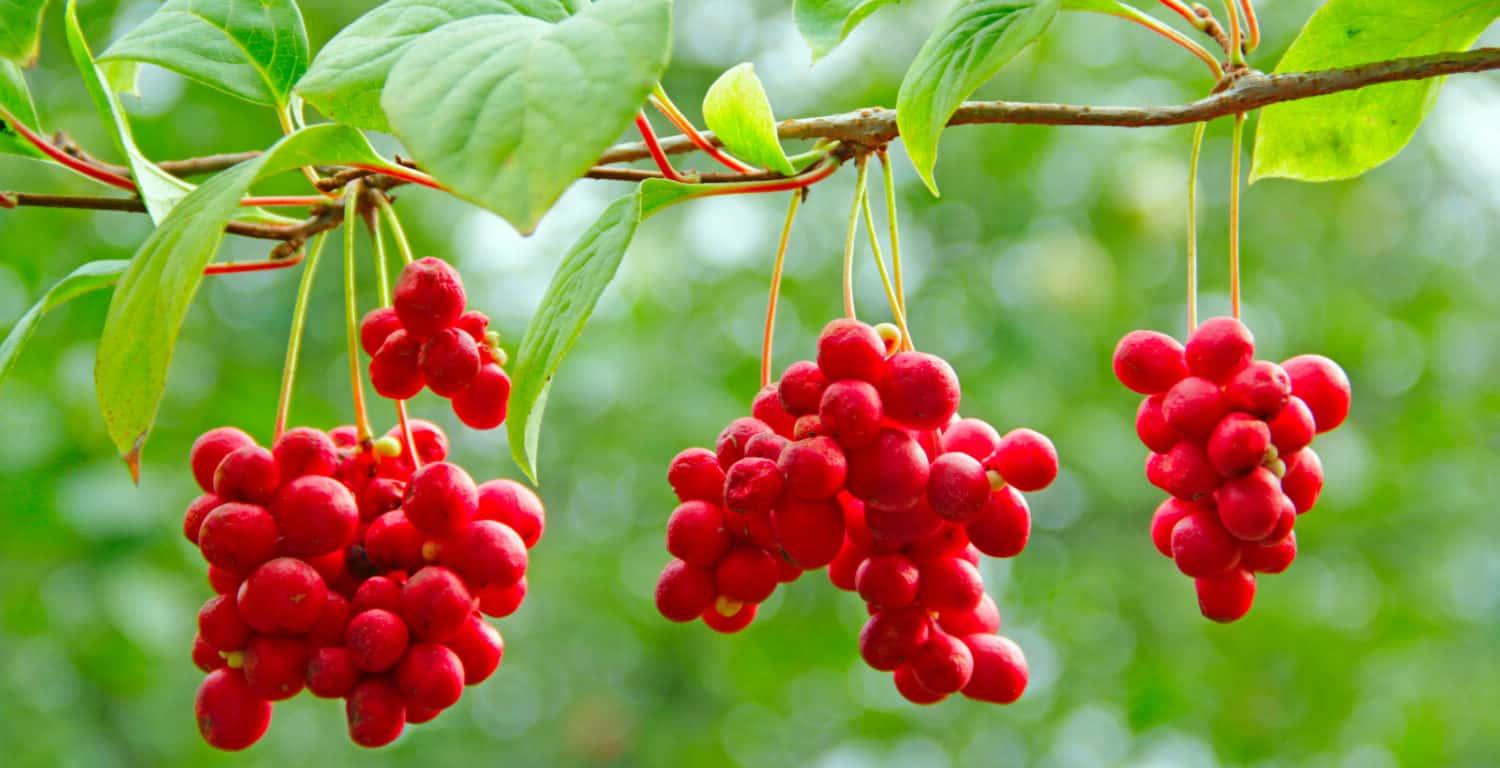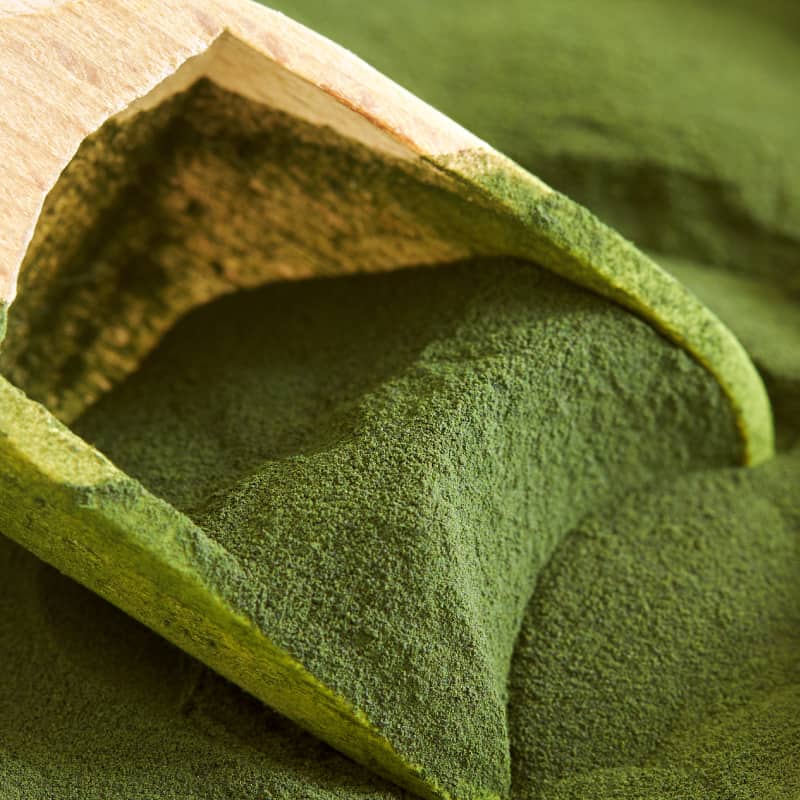This Dr. Axe content is medically reviewed or fact checked to ensure factually accurate information.
With strict editorial sourcing guidelines, we only link to academic research institutions, reputable media sites and, when research is available, medically peer-reviewed studies. Note that the numbers in parentheses (1, 2, etc.) are clickable links to these studies.
The information in our articles is NOT intended to replace a one-on-one relationship with a qualified health care professional and is not intended as medical advice.
This article is based on scientific evidence, written by experts and fact checked by our trained editorial staff. Note that the numbers in parentheses (1, 2, etc.) are clickable links to medically peer-reviewed studies.
Our team includes licensed nutritionists and dietitians, certified health education specialists, as well as certified strength and conditioning specialists, personal trainers and corrective exercise specialists. Our team aims to be not only thorough with its research, but also objective and unbiased.
The information in our articles is NOT intended to replace a one-on-one relationship with a qualified health care professional and is not intended as medical advice.
Stem Cell Collagen Activator: How to Support Your Stem Cells (So They Can Protect Your Collagen)
January 7, 2020

Adapted from The Collagen Diet: A 28-Day Play for Sustained Weight Loss, Glowing Skin, Great Gut Health and a Younger You by Dr. Josh Axe
I know you care about healthy aging breakthroughs as much as I do, so I’m delighted to be able to share this information on the importance of stem cells and the vital — and largely unsung role — they play in keeping your collagen healthy and abundant. If we want to shield our connective tissue, joints, gut, organs and skin from the havoc of age, protecting our stem cells must be part of the strategy. I like to think of it as a stem cell collagen activator strategy.
Why does it matter? Because throughout your life, the stem cells in your bone marrow, body fat, skin, muscles, blood vessels and brain have been working diligently behind the scenes to patch up and rebuild injured or damaged tissues — including those with the highest collagen content, like your skin, ligaments, tendons, cartilage, spinal disks, gut and blood vessels.
The stem cells responsible for this remarkable act of regeneration are known as adult stem cells. And here’s why they’re so special…
While the idea of using stem cells to treat illness is new and exciting, a similar concept, known as jing, or essence, has existed in Traditional Chinese Medicine for thousands of years. Jing is considered the origin of life. Similarly, embryonic stem cells — those that are present when a recently fertilized egg is three to five days old — give rise to the entire body and every cell in it. Jing deficiency is caused by chronic disease, stress and aging — some of the same hazards that damage and deplete stem cells. Today, Chinese herbs meant to nourish jing are increasingly being shown to promote stem cell proliferation and differentiation.
And we know that stem cells age, just like all other living organisms. However, the aging of stem cells carries greater significance, according to some researchers. They’ve formulated the “stem cell theory of aging,” which speculates that the human body’s aging process is the result of aging stem cells. In other words, as stem cells get older and become less capable of replenishing tissues and organs with sufficient numbers of new cells to maintain their function, our bodies themselves show more signs of wear and tear, falling into decline and disrepair.
The theory makes a certain amount of sense. After all, stem cells, more than any other types of cells, are responsible for rejuvenating our tissue. And regardless of whether stem cells are responsible for aging or simply play an active role in the process, we know that these remarkable cells, along with the collagen they create, can help keep our bodies more youthful. As a result, it makes sense to do everything we can to protect this elegant, built-in biological repair system.
Like collagen — and pretty much every other tissue in your body — stem cells thrive in a wholesome, low-inflammation environment. The dietary guidance I outline in The Collagen Diet will go a long way toward creating the ideal internal milieu to foster stem cell replication and differentiation. But here are six other ways you can help your supply of stem cells thrive…
Slash your sugar consumption. That means staying away from sweets and limiting simple carbs, which cause a surge in blood sugar that’s almost as extreme as eating a candy bar. Need motivation? In a study looking at stem cell function in the adipose tissue of people with and without diabetes, researchers at Tulane University Health Center found that elevated glucose in both groups (but especially diabetics) reduced stem cells’ ability to proliferate and turn into cartilage or bone cells — and could actually cause stem cell death. Limiting sugar, on the other hand, improves adult stem cell function and also prolongs the cells’ life span.
Try short-term fasting. Studies have long shown that fasting can be good for the body. Now, research has revealed that it can give stem cells a boost, too. For instance, biologists from the Massachusetts Institute of Technology recently reported that a 24-hour fast can reverse the age-related loss of intestinal stem cells in mice — a vital finding, since intestinal stem cells are responsible for maintaining the lining of the intestine, which renews every five days, as well as repairing damage from infections or injuries. As you age, the population of stem cells in your gut shrinks, making it more difficult to recover from gastrointestinal infections.
Scientists don’t understand precisely how fasting helps, but here’s what we know so far: When mice go without food for a full day, it triggers a metabolic switch that prompts intestinal stem cells to being burning fatty acids instead of glucose, and, for reasons that aren’t entirely clear, shifting from glucose to fat revives the regenerative capacity of stem cells and significantly enhances their function.
Similarly, another study in mice, reported in the journal Cell, found that not eating for even a few hours can elevate muscle stem cell activity — and the approach worked well in both young and old rodents.
Stay strong — and active. There’s lots of research showing that exercise is good for stem cells — and having healthy stem cells is vital for the body’s ability to repair muscle tissue, along with cartilage, tendons, ligaments and bones. Studies have shown that aerobic exercise increases the total number of bone marrow-derived mesenchymal stem cells and restores muscle stem cell mobilization and regenerative capacity.
In one study, Polish researchers had a group of mice run on a treadmill at progressive speeds over a five-week period. At the end of the training, the researchers compared the quantity of the mesenchymal stem cells in their bone marrow with that of sedentary mice. They found that the fit mice had significantly higher numbers of stem cells than the sedentary group, and those stem cells were primed to create new specialized bone cells. They concluded that exercise may represent a novel, non-pharmacological strategy for slowing the age-related decline of musculoskeletal functions. (Other studies have revealed similar findings for muscle cells.) And studies looking at stem cell transplants show that exercise stimulates your chondrocytes to grow new collagen-rich cartilage.
The specific type and intensity of exercise may be less important than the movement itself, seeing as everything from strength training to yoga seems to help, and mild to relatively vigorous exercise has been shown to be effective. If you have trouble motivating yourself to get to the gym or hop on your bike or go for a run, think of your stem cells and collagen — and do it for them.
Get enough sleep. You already know how important sleep is, but the health of your stem cells is yet another reason to make sure you get adequate rest. Stanford researchers found that hematopoietic stem cells (the type used in stem cell transplants for a variety o0f malignant and nonmalignant diseases) in sleep-deprived mice showed an alarming decrease in activity.
In fact, a sleep deficit of just four hours triggered a 50 percent drop in stem cells’ ability to transform into specialized cells in the blood and bone marrow. And chances are, the same forces that damage one type of stem cell take a toll on the others, including those that help maintain healthy collagen. Is that extra episode of your favorite binge-worthy TV show really worth it?
Reduce stress. Here’s one interesting example of what stress can do to stem cells: In a study published in the journal Cell Death Discovery, researchers created a stressful situation for mice with liver injuries. In response, the mice secreted corticosterone, a stress hormone, which impaired the ability of the rodents’ mesenchymal stem cells to differentiate into the types of cells needed to repair the damaged tissue in the liver.
Add these foods to your diet. In addition to eating bone broth (the marrow contains a potent source of mesenchymal stem cells — make sure you get plenty of these stem-cell-producing nutrients into your diet. This includes vitamin D3 to reduce stem cell aging and to help bolster stem cells’ ability to differentiate into other types of cells.
Vitamin D3-rich foods include:
- Wild-caught salmon
- Mackerel
- Tuna
- Sardines
- Beef liver
- Eggs
- Caviar
Vitamin C also helps bolster stem cell production, and vitamin C foods include:
- Black currants
- Red peppers
- Kiwifruit
- Guavas
- Green bell pepper
- Oranges
- Strawberries
- Papaya
- Leafy greens
- Parsley
- Pineapples
Epigallocatechin-3-gallate (EGCG) is a free-radical-killing polyphenol found in green tea. It accelerates the differentiation of stem cells in human skin and can even encourage older skin cells that normally would die off to become more robust and live longer.
Rich food sources of EGCG include:
- Green tea
- Matcha green tea (my favorite)
- Cranberries
- Apples
- Cherries
- Avocados
- Pecans
- Pistachios
And don’t forget these TCM herbs and foods for building and protecting jing and stem cells…
- Schisandra helps balance jing with two other treasures of the body, the shen — our spirit or mind — and the qi, our life force or bodily energy.
- Reishi mushroom nourishes the heart, preserves liver health, promotes a sense of calm, slows aging and enhances vitality, strength and stamina.
- Panax ginseng is used in TCM to enhance longevity and studies show it promotes the proliferation and differentiation of neural stem cells.
- Fo-ti root is a Chinese herbal medicine derived from the Polygonum multiflorum plant. Revered in the TCM world for its ability to fight aging, research shows its anti-inflammatory effects are similar in strength to those of prescription anti-inflammatory medications.
- A plant in the legume family, astragalus impacts stem cells in a number of ways. A study in Medical Science Monitor, for instance, found it can regulate inflammation of mesenchymal stem cells; and a paper in Biomedicine & Pharmacotherapy found that astragalus promotes proliferation and differentiation of mesenchymal stem cells in bone marrow, in part by activating an intracellular signaling pathway that plays a role in regulating the cell cycle.
- In one study, rehmannia, a type of flowering perennial plant, is considered a “general tonic” by both TCM and Japanese medicine, helped keep stem cells from dying when researchers administered hydrogen peroxide to the cells to kill them.











